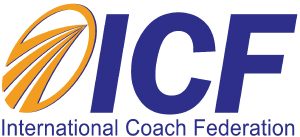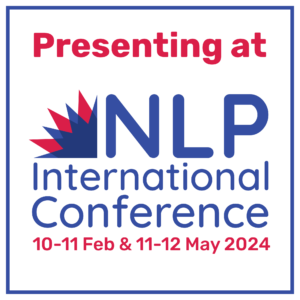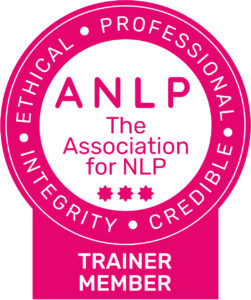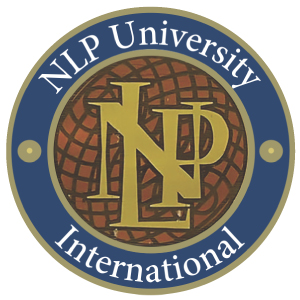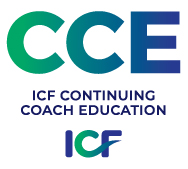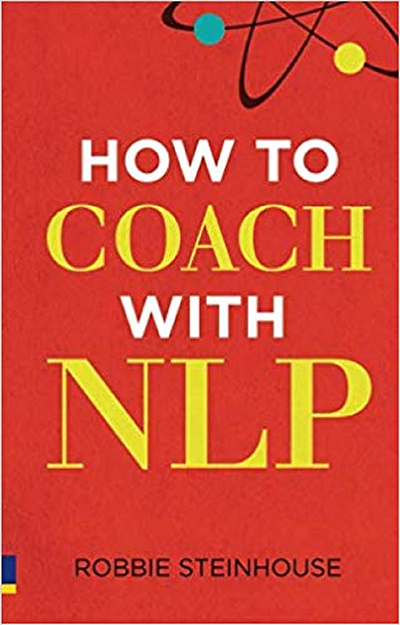The Art of Business Decision Making With NLP

One of the key roles of a coach is to help their client make significant decisions. Decision-making is a subject I’m fascinated by – I’ve written two books on the subject – as the reality is much more complex than most ‘experts’ claim.
The decider is perpetually having to strike a balance between decisiveness and subtlety.
Channelling the Scarlet Pimpernel
The best metaphor I can use is the one by Stephen Gilligan.
Stephen tells the story in the classic movie the Scarlet Pimpernel, where the hero, played by Errol Flynn, explains that fighting with a sword is like holding a bird in your hand: If you hold the bird too loose, it flies away; if you hold it too tight, you crush it.
Not too tight; not too loose – that is good decision-making.
Good, big decisions emerge out of the work of decision-making. Part of this work involves sounding out key people; people who will be affected by the decision, or (most important of all) people whose co-operation will be needed for the decision to work.
Do we come straight out and force a course of action onto people (who might then resent it)? Or can we find subtler ways of finding out what their real feelings and reactions are? What we learn may influence the direction the decision ultimately takes.
Don’t rush from confusion
Confusion is part of this decision-making. The need for the decision puts us in a new and unfamiliar situation. In desperation we want to act forcefully so we can move out of uncertainty. However, this is often not the best course of action.
Confusion is not something to rush away from, as it simply means we do not yet know the best course of action to follow.
In decision-making we often have mixed or ambivalent feelings. We might have a sense of a clear path to take, but at the same time be are uncomfortable about taking the action. Being able to hold both of these feelings for a while is to me the art of decision making; hold this confusion, like the ‘bird’, having useful and expressive conversations without demanding a decision and waiting until something new and unexpected emerges. Often a ‘3rd way’ does appear which may surprise you.
Coaching can often push in the wrong direction here, if coaches are driven by a ‘need for results’. Good coaching helps a client know the difference between the fear of necessary action or when a sense of discomfort is a signal to ‘push on the brakes’ and slow down the decision making process until the world is a bit clearer.
A drive to get results, fast, can often be a huge disservice to a client.
Read more in my book, Brilliant Decision Making.
Did you like this post?
Then check out our events and courses!
Where to find us
For posts, events, free open days and more, follow NLP School on:
What to read next
How to Make A Decision Under Pressure
The Key to Using Advisors for Leadership Decision-Making



